The lotus leaf is a part of the lotus plant, the part of which grows above the water surface. The leaves are shield-shaped and large floating on the water, impervious to water. The upper surface of the leaf is cyan, the surface rough, while the lower surface of the leaf is smooth and veined. Each leaf blade is about 60 – 70 cm in diameter depending on the suitable growing conditions and each leaf has about 17 – 23 veins arranged in spokes on the leaf. Lotus leaves are crispy, easily crushed, when crushed, they have a pleasant aroma and bitter taste.
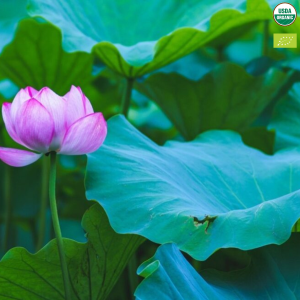
People harvest dried lotus leaves in every month of the year, almost throughout the year. However, the best time for lotus leaves for medicinal herbs is in July – September and when the plant begins to bloom. After harvesting, dried lotus leaves can be used fresh or washed, dried for easy storage and long-term use.

The nutritional components in lotus leaves are diverse and beneficial to health such as: Vitamin C, Tanin, Alkaloids, Organic Acids, Coumarin, Nuxi frin, antioxidants such as Flavonoids and Quercetin,… It is these nutrients, This compound brings a lotus leaf juice with health benefits.
Dried lotus leaves are a natural source of medicinal herbs belonging to the plant family Thuy Lien. It is also known as Ha Diep and has been used for medicinal purposes since ancient times.
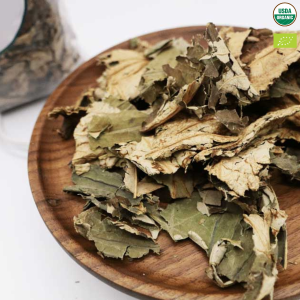
To obtain this medicine, people harvest the leaves in the fall, remove the stalks and bring them to dry or dry. This herb has a slightly bitter taste and a cool aroma.
Lotus leaves are often used to dry, cook water to make tea, and have the effect of losing weight, treating blood fat, lowering blood pressure… For women who are pregnant or are in their menstrual period, people with low blood pressure
The products we offer are USDA and EU certified organic with a Guaranteed Organic Certificate for each shipment.

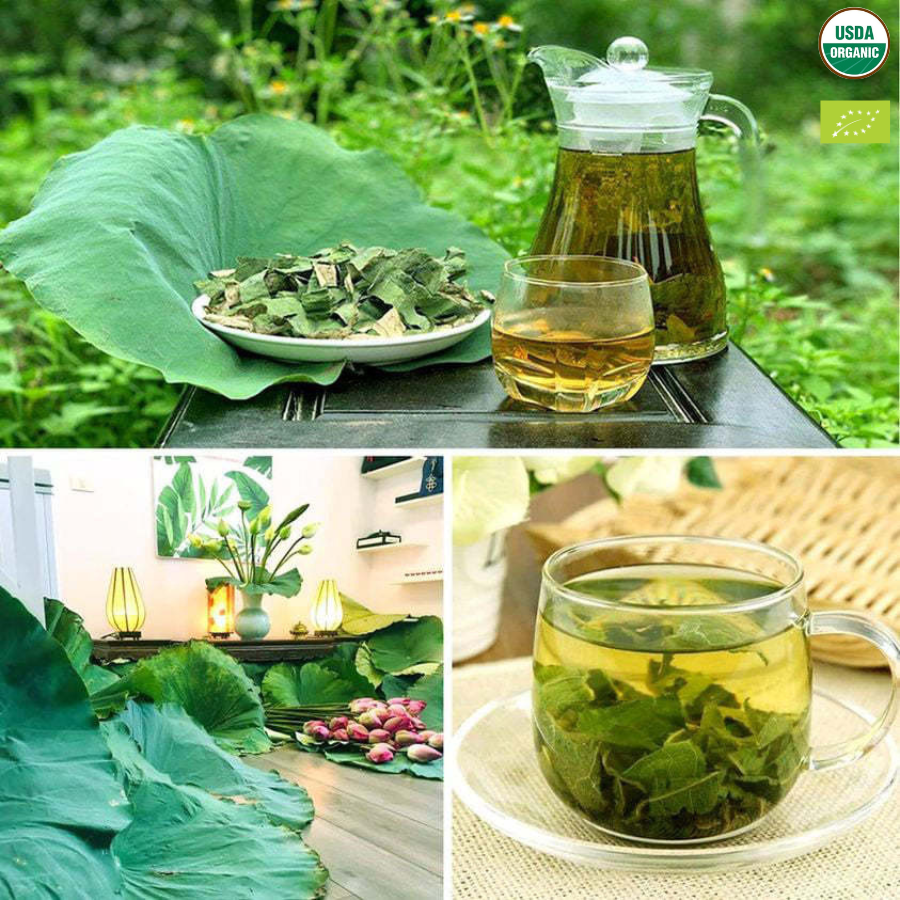
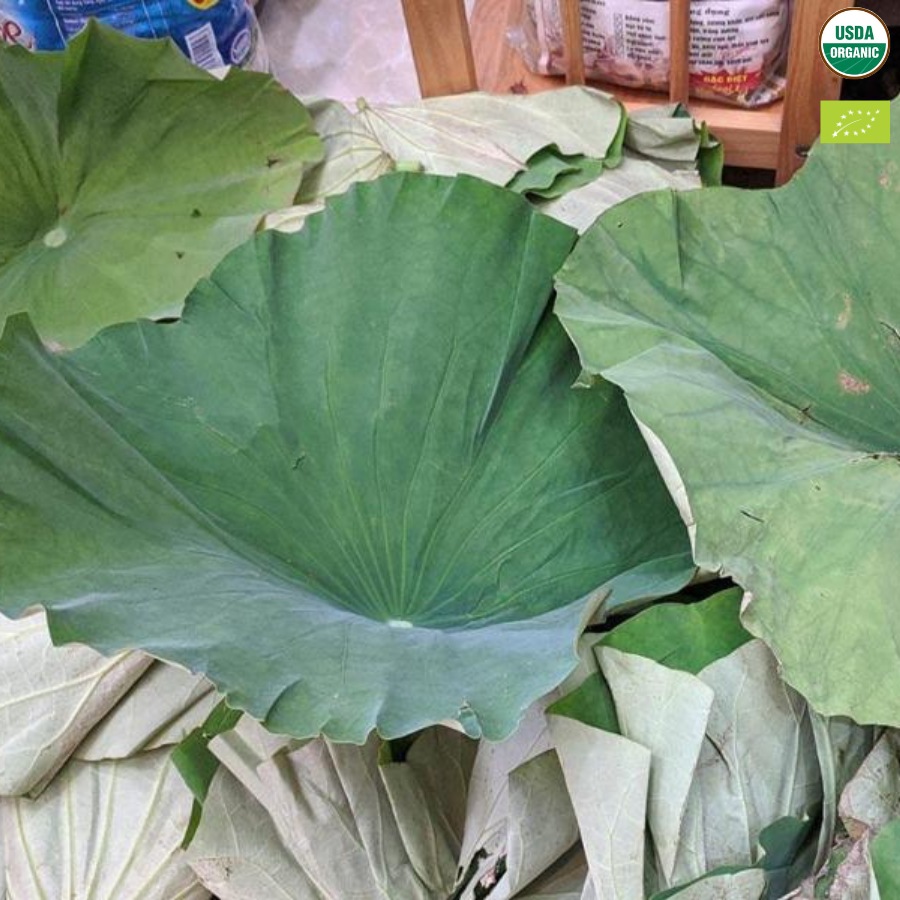
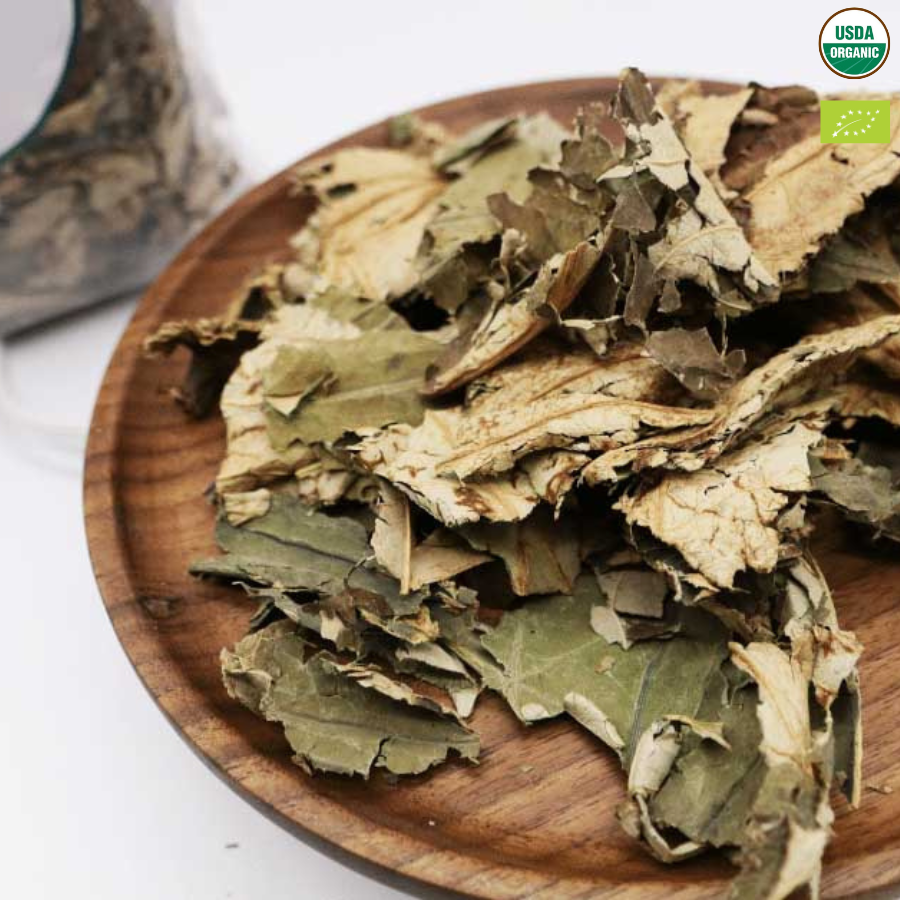
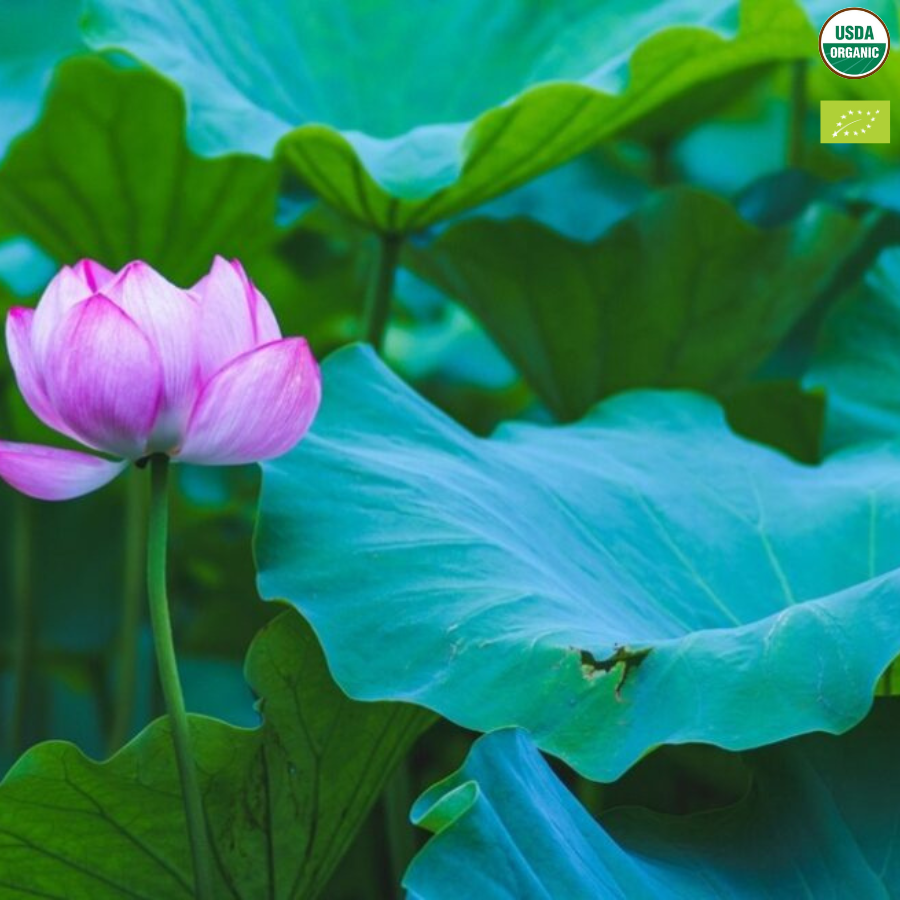


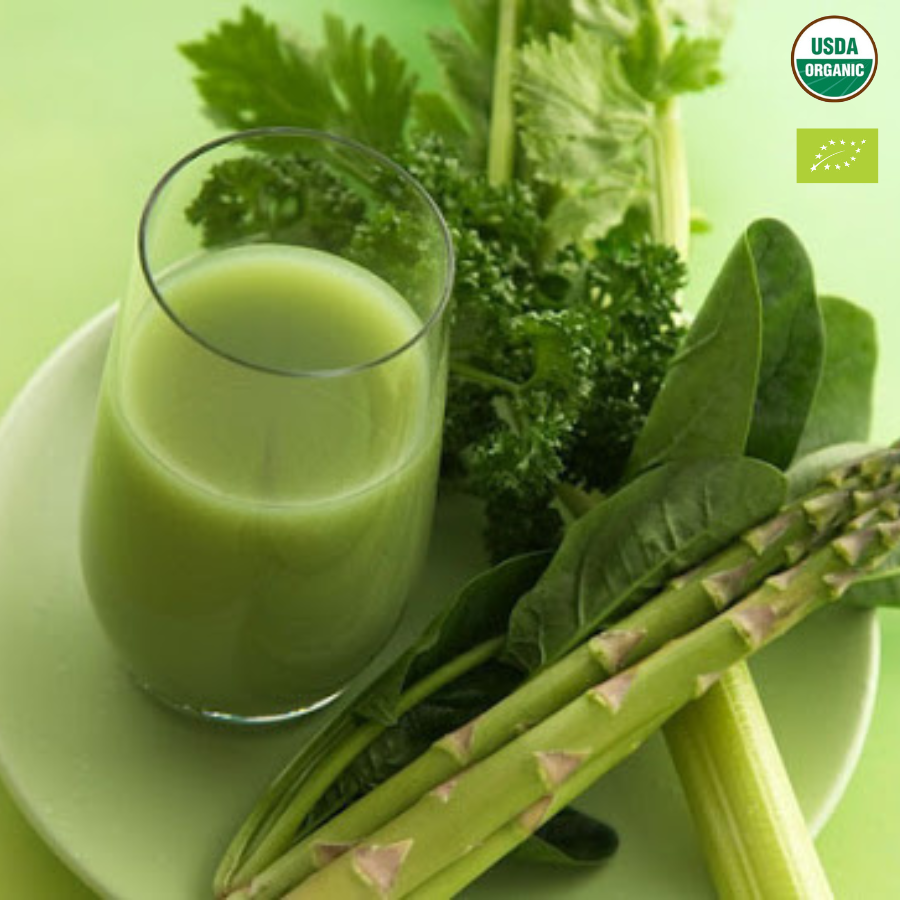
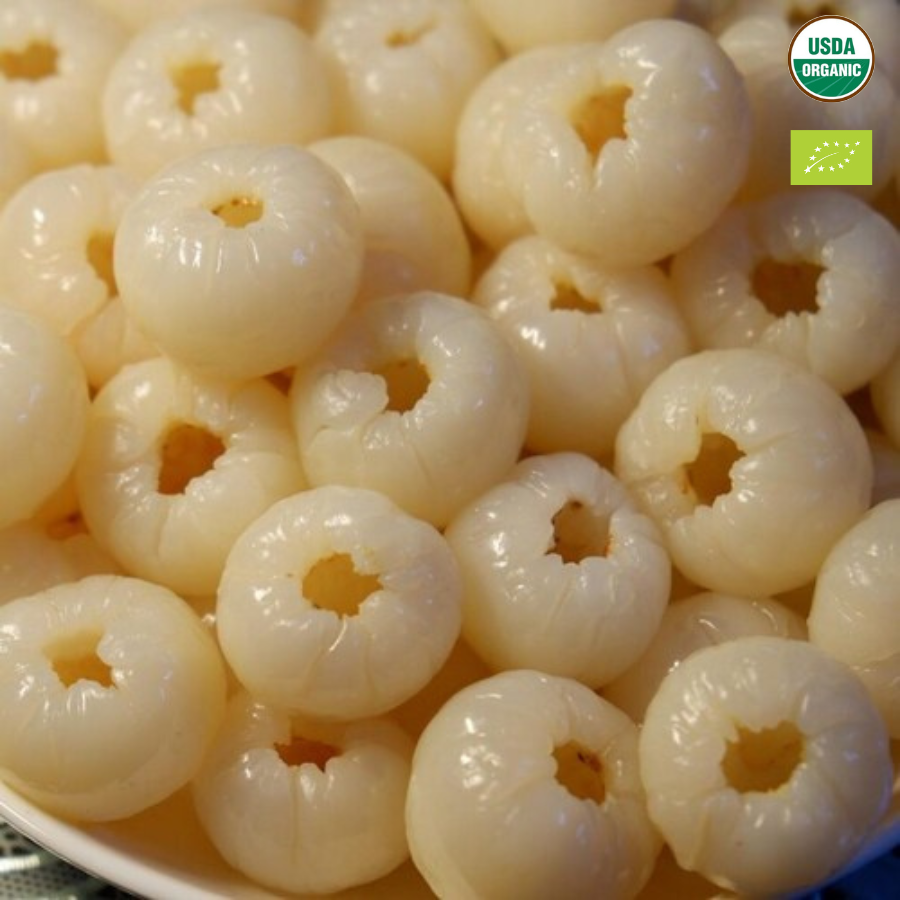

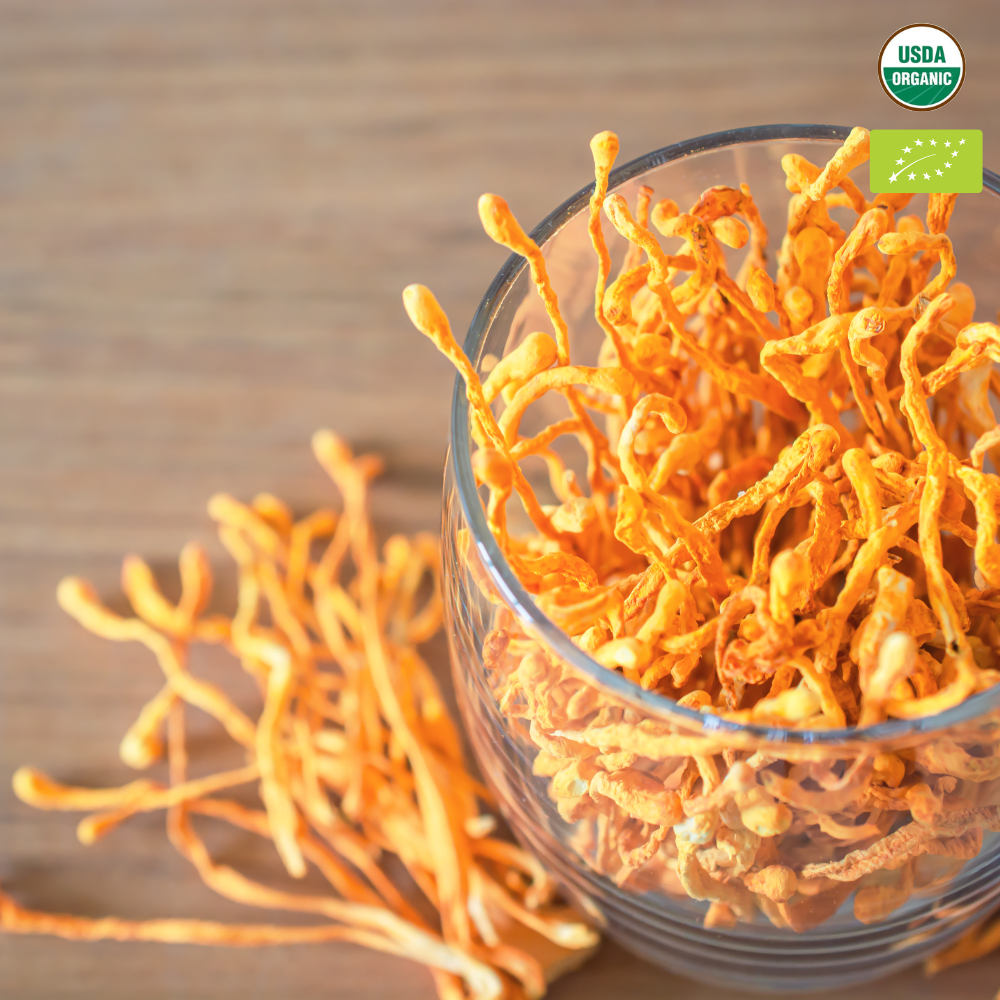





Reviews
There are no reviews yet.